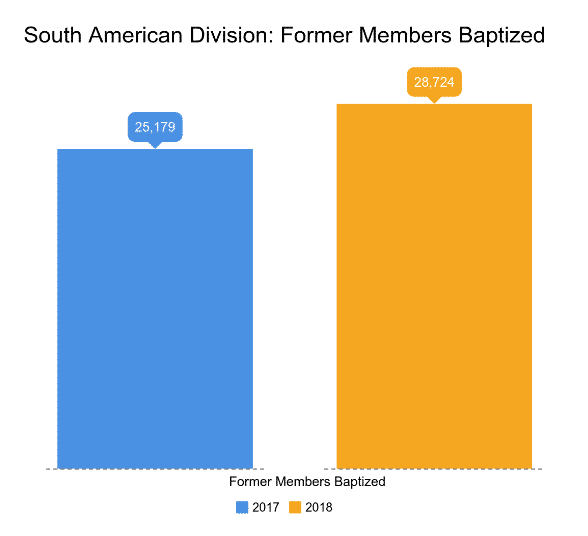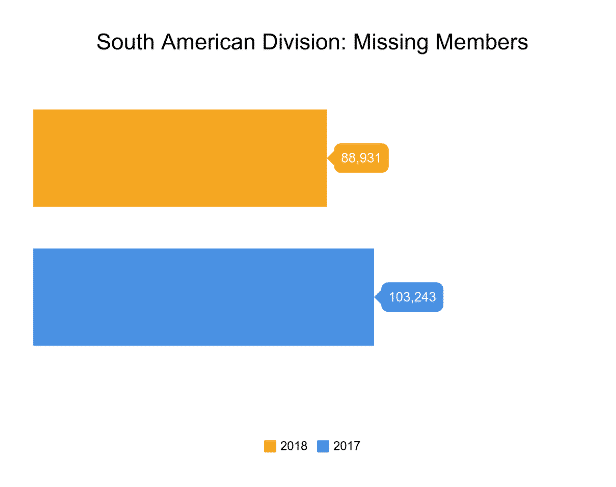Suppose one of you has a hundred sheep and loses one of them. Doesn’t he leave the ninety-nine in the open country and go after the lost sheep until he finds it?
(Luke 15:4, NIV)
Every person has an immeasurable value in the eyes of God. He sent His only Son to redeem us. Ellen White, speaking about the parable of the lost sheep, made a remarkable statement saying that “in the parable, the shepherd goes out to search for one sheep—the very least that can be numbered. So if there had been but one lost soul, Christ would have died for that one.” (Christ Object Lessons, 187). This puts a tremendous responsibility on all who provide member nurture and care in church settings.
The lost sheep parable underlines also the necessity of sheep counting. Without counting, the shepherd would not discover that one sheep was missing. This brings up the importance of membership auditing and its relation to member retention. Many church leaders are not big fans of auditing, seeing it as a threat for success and a device to diminish the great numbers of their membership. However, not all leaders share this opinion, some fields as the South American Divisions (SAD), developed a positive approach to membership auditing to increase member care and retention rate.
At the 2019 Nurture and Retention Summit, Edward Heidinger Zevallos, the Executive Secretary of this division, and Charles Edson Rampanelli, the Executive Secretary of the South Brazil Union, shared their Plan for Excellence, implemented at the beginning of 2017, that should provide care of members who stopped attending a local church. Presenters underlined the importance of auditing as an exercise that helps verify data in membership lists, organize a better pastoral care, and make better decisions for strategic planning.
What is included in this Plan for Excellence? This division implemented the continuous Review Program with the Special Review Group and the System of District Secretaries who have to help local church clerks reach their goals during the year in each church of their district. All members are divided into several categories: members with regular church attendance; members with rare church attendance (sick, elderly, people with special needs); church members attending another Adventist church; missing members who did not come to the church for more than six months; and members that need to be rescued (those who don’t live in harmony with church doctrines or Adventist lifestyle).
This plan is intended to help church leaders and pastors to see the people behind numbers and provide pastoral care of all members and especially of the last two categories. It is no secret that very often there is a lack of updated contact information of missing members and often their current addresses are unknown. Somebody has to go through the lists and update the information.
Who are members of the Special Review Group? These people are chosen by the church board and include a pastor, an elder, a church clerk, a treasurer, and two or three more members who are familiar with the particular congregation. It should operate permanently, members can be replaced by the church board as needed. The main responsibility of this group is to go through membership lists and group members into five categories, and then to review these categories every six months. This group meets to follow up on the progress of the Permanent Review Program and presents their report to the church board every six months as the first item of the church board agenda.
The church board also has its responsibilities in this Plan for Excellence. After the Special Review Group’s report, they appoint a person responsible to oversee the work with each group. They define what types of service or care should be provided to the members in each category and give to the church pastor or elder a list of members who left the church and can be included in the Reunion Project (rescue of former members).
The church clerk is a part of the Special Review Group and provides an updated membership lists from the Adventist Membership System as well as forms and updated lists of five categories. Additionally, the church clerk’s responsibilities also include an update of each member’s record in the Membership System after every meeting of the Special Review Group, monitoring of the progress of the work done with all categories, organization of the Reunion Project events and enrollment of all members in the Sabbath School.
The SAD introduced also another system that propels the success of the Plan for Excellence—the System of District Secretaries. A district secretary can be recommended by a district pastor, which is the best option, although the name can also be voted. This is a leadership position, a person should have the experience, technical knowledge, ability to motivate people and be accessible. The main part of the job is to help local church clerks reach their goals and make progress in their responsibilities. The district secretaries also conduct quarterly and annual evaluations of the church clerks’ progress; quarterly meetings; occasional visits; follow-up calls, etc. This system does not lessen the work of the Conference Executive Secretary, but will greatly increase the results in member retention.
To make this happen the SAD divided the process into four stages: appointment, training, mission, and motivation. Training includes particular details, expectations, and tools district secretaries can use. Such can be done through video conferences, online training, in-person training by the Executive Secretary, auditor, or through annual meetings of district secretaries.
This plan helped to change the situation with church member retention for the better.
During the last two years, about 54,000 of former members returned to the Adventist Church. And the number of missing members decreased. We should always remember the immeasurable value of each person and try to see the people behind the numbers in church lists!


Based on the PowerPoint presentations by Edward Heidinger Zevallos and Charles Edson Rampanelli at the 2019 Nurture and Retention Summit. You can find the presentation of their seminar here.
Membership statistics of each division can be found in the ASTR Annual Statistical Reports.
blog written by Galina Stele

